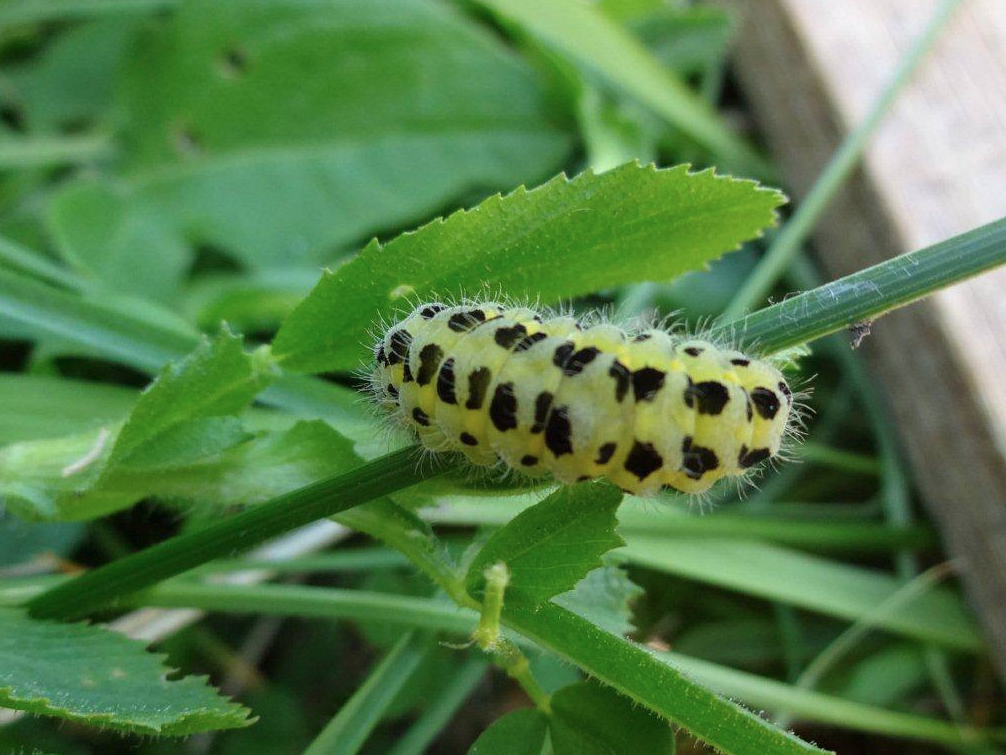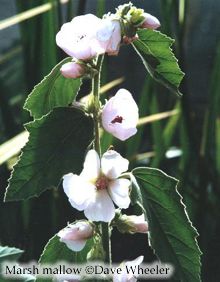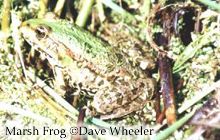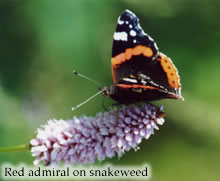Wildlife
Since its inception the RMCP have surveyed for numerous species across the Romney Marsh, in particular those species on the local and national Biodiversity Action Plans (BAP)

Agency and Glaxo Wellcome, extensive surveys have been carried out for Water Voles, Medicinal Leech, Great Crested Newt and Greater Water Parsnip.
The Romney Marsh Natural Area is famous for the extent of its wetland habitats ranging from the large shingle expanse of Dungeness to the drainage ditches and small ponds of the surrounding farmland.These in turn boast an impressive diversity of flora and fauna and the area has received both national and international recognition through numerous wildlife designations, National Nature Reserve (NNR), Local Nature Reserve (LNR) Site of Special Scientific Interest (SSSI) Special Area of Conservation (SAC), Special Protection Area (SPA), RAMSAR (internationally important wetland) and Site of Nature Conservation Interest (SNCI) can all be found within the Romney Marsh Natural Area.
The Romney Marsh is a stronghold for many species such as the nationally scarce marsh mallow. This attractive plant was once used to make marsh mallow confectionery. The plant also supports the rare marsh mallow moth which occurs on the Marsh at a couple of localities and just one other locality in the United Kingdom.
Other characters of the Romney Marsh include the introduced Marsh Frog or Laughing Frog. Originally from Hungary just 12 animals were introduced to a garden pond near Stone in Oxney in 1932 by Edward Percy Smith. This species then spread to all the corners of the Marsh where its characteristic croaking laugh frequently disturbs the sleep of many Marsh residents.
Please click for more information on the RMCP Water Voles and Medicinal Leech and Great Crested Newt and Greater Water Parsnip.
The Romney Marsh holds important numbers of breeding and wintering farmland birds. With its mixture of arable and grazing farmland, birds such as corn bunting, linnet, yellowhammer, tree sparrow and reed bunting can be frequently seen.
The winter brings a herd of Bewick swans to Brookland area and large numbers of wildfowl winter across the Marsh including wigeon, teal, smew and white-fronted geese. Flocks of golden plover and lapwing can reach thousands on the flooded fields through the winter months.



